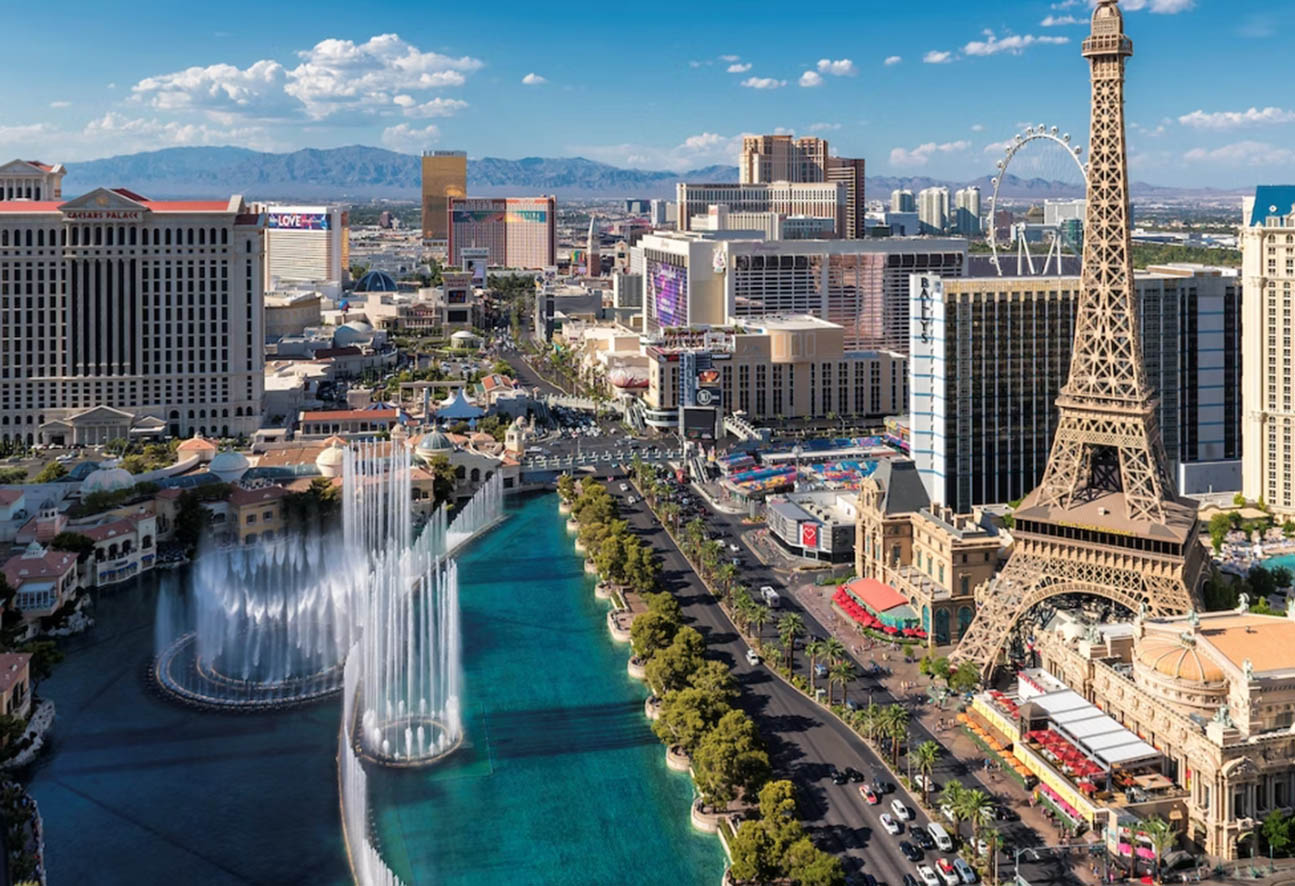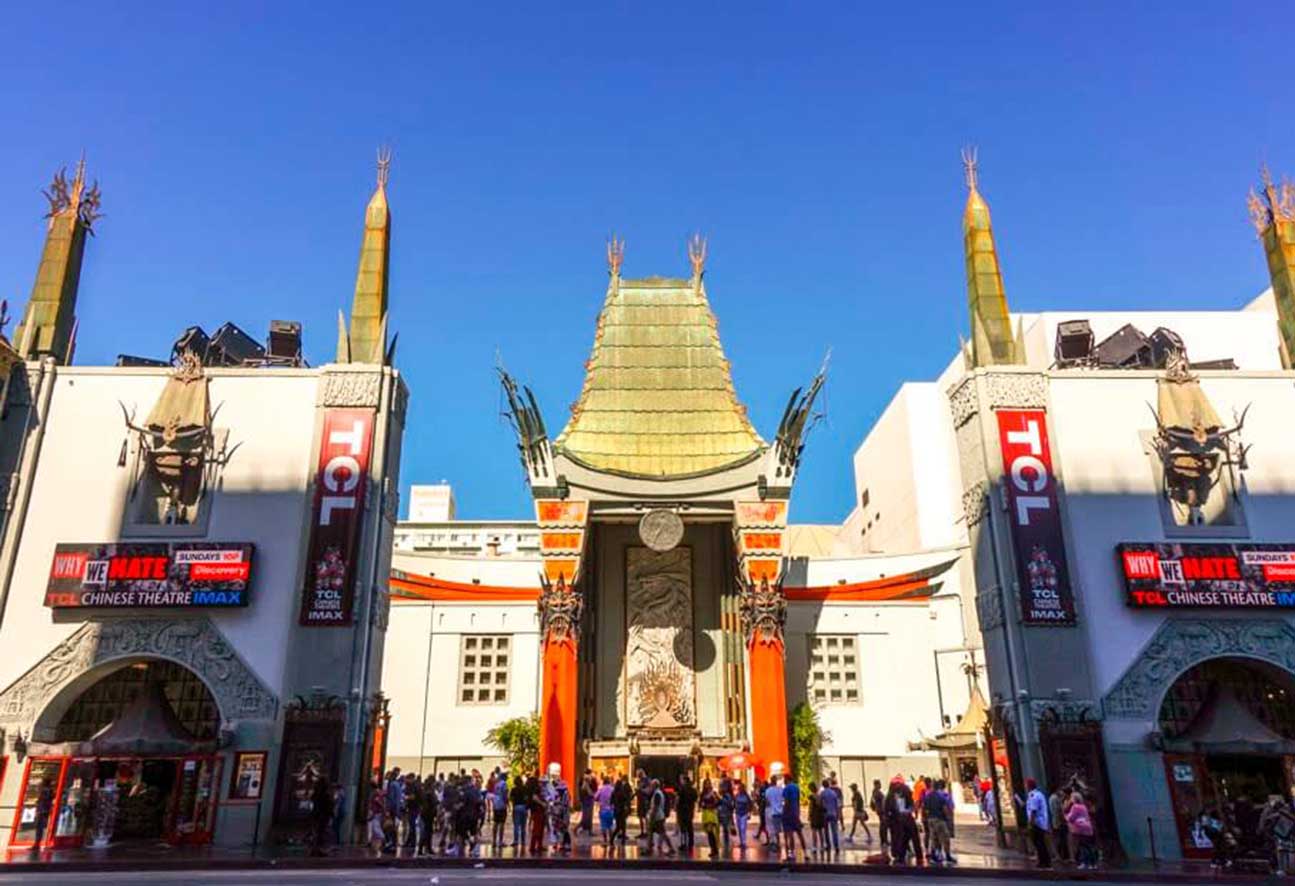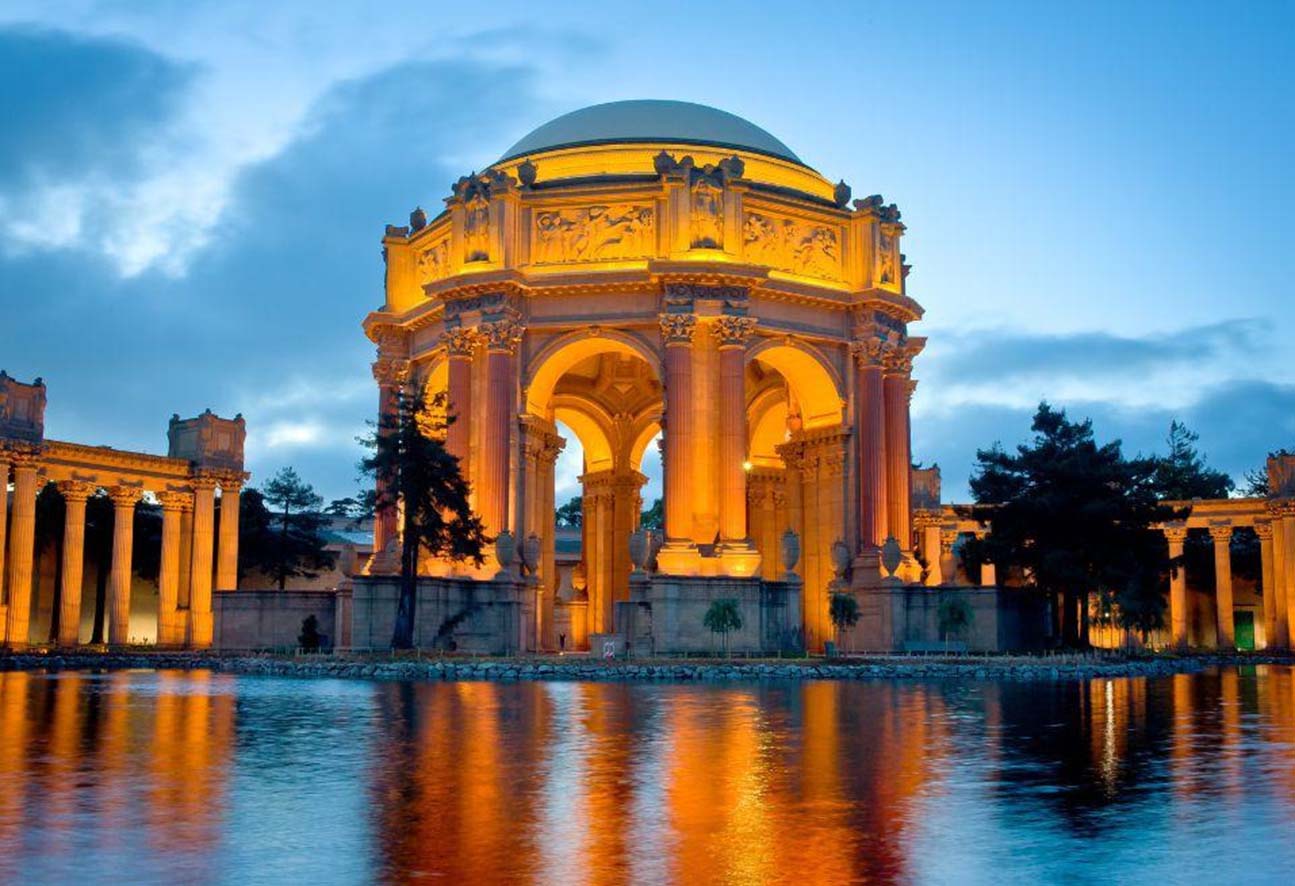My recent sojourn brought me to the pulsating heart of entertainment, Las Vegas. Beyond the glittering façade of the Strip and the electrifying casino floors, my mission was to unearth the lesser-known treasures that encapsulate the rich history and culture of this enigmatic destination.
My Explored Cultural Landmarks:
The Mob Museum: A Dive into Vegas’ Criminal Past
Nestled within the bustling heart of downtown Las Vegas, The Mob Museum stands as an enthralling narrative, skillfully weaving the intricate tapestry of the city’s tumultuous past. Enveloped by the historic walls of a courthouse, this museum unfolds a gripping saga, chronicling the rise and fall of organized crime in the neon-lit oasis of Las Vegas. Commencing with the shadowy era of Prohibition and extending through the notorious reign of mobsters who left an indelible mark on the city’s destiny, the exhibits within the museum beckon visitors into a darker, yet undeniably intriguing, chapter of Vegas history.
The very ambiance within the historic courthouse lends an air of authenticity, as if the timeworn bricks and echoing corridors bear witness to the clandestine dealings and secret alliances that once defined Las Vegas. As one traverses the corridors of the museum, the exhibits unfold with meticulous precision, each artifact and interactive display contributing to the vivid narrative of a city held in the clutches of organized crime. From the hushed whispers of covert operations to the swagger of infamous mobsters, the museum encapsulates the essence of an era when shadows cast long stretches over the glittering streets.
What distinguishes The Mob Museum is its steadfast commitment to historical accuracy. Every facet, from the design of the exhibits to the narratives interwoven into each display, reflects a dedication to presenting an authentic portrayal of Las Vegas’ mob-infested past. This commitment not only enhances the educational facet of the museum but also elevates the entire experience, enabling visitors to transcend the role of mere observers and become active participants in the unfolding drama of the city’s history.
Strategically placed throughout the museum, the interactive displays serve as gateways through time, allowing visitors to tactilely engage with the artifacts and immerse themselves in the bygone era. It’s not just a stroll through history; it’s a dynamic exploration where one can almost feel the heartbeat of a time long past. The immersive quality of these displays transforms the museum from a static repository of information into a living testament to the city’s gritty and clandestine past.
As I navigated the halls of The Mob Museum, I found myself enraptured by the tales of Prohibition bootleggers, the ascendancy of powerful crime families, and the unyielding pursuit of law enforcement to restore order to the chaotic underworld. The exhibits, meticulously curated and thoughtfully arranged, unfolded like chapters in an enthralling novel, each revealing a layer of intrigue that compelled me to move eagerly from one display to the next.
The museum’s ability to transport visitors to a different era is a testament to the seamless fusion of architecture, storytelling, and historical precision. It doesn’t merely showcase artifacts; it breathes life into them, allowing visitors to witness firsthand the shadows that once lurked in the corners of Las Vegas’ storied past.
The Mob Museum transcends the conventional concept of a museum; it metamorphoses into a temporal vessel, propelling visitors into an epoch where the clinking of glasses in clandestine speakeasies and whispered conversations in dimly lit corners molded the destiny of a city on the ascent. Upon leaving the museum, I couldn’t help but marvel at the profound insight it provided into the intricate dance between law and disorder that characterized Las Vegas during its formative years. The Mob Museum is more than an assortment of relics; it’s a living testimony to a city’s tenacity, a journey through the shadows that ultimately paved the way for the vibrant, modern metropolis that is Las Vegas today.
Pros:
- Historical Authenticity: The museum’s commitment to accuracy enhances the authenticity of the experience.
- Interactive Displays: Engaging exhibits allow visitors to actively participate in the narrative, combining education with entertainment.
Cons:
- Crowds: Due to its popularity, the museum can get crowded, diminishing the intimate exploration experience.
- Limited Parking: Downtown’s parking constraints can pose challenges, requiring careful transportation planning.
Immersing myself in The Mob Museum was akin to stepping into a time capsule. The detailed accounts of notorious mob figures and the actual courtroom where hearings took place left an indelible mark on my understanding of Vegas’ evolution.
Springs Preserve: Oasis of Nature and Knowledge
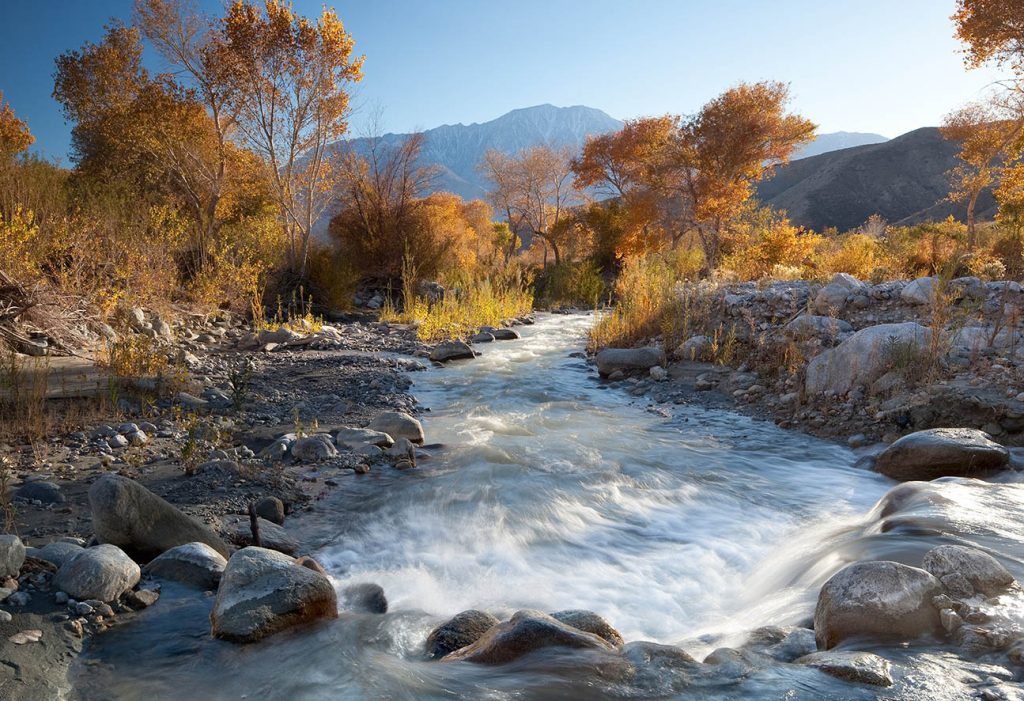
In stark contrast to the city’s bustling energy, Springs Preserve offers a serene retreat just minutes from the Strip. This 180-acre preserve showcases the diverse ecosystems of the Mojave Desert, featuring botanical gardens, museums, and walking trails. The Nevada State Museum on-site unravels the state’s geological and anthropological history, providing a well-rounded cultural experience amidst the natural beauty.
Pros:
- Educational Value: The blend of nature and history caters to a broad range of interests.
- Tranquil Atmosphere: Springs Preserve provides a peaceful escape from the city’s frenetic pace.
Cons:
- Limited Dining Options: While a cafe is available, visitors may want to plan for limited dining choices.
Exploring Springs Preserve was a breath of fresh air, both figuratively and literally. The juxtaposition of nature and culture created a balanced and enlightening experience, far removed from the typical Vegas scene.
Neon Boneyard: Resting Place for Vegas’ Iconic Signs
Situated just north of the Strip, the Neon Boneyard is a graveyard of iconic Las Vegas signs from bygone eras. This outdoor museum pays homage to the city’s vibrant visual history, showcasing signs that once adorned legendary establishments. The guided tours offer intriguing insights into the stories behind each sign, making it a nostalgic journey through the evolution of Vegas signage.
Pros:
- Nostalgic Appeal: The Neon Boneyard resonates with the nostalgia of old Vegas, providing a unique perspective on the city’s visual identity.
- Photography Opportunities: The vibrant colors and retro designs make the boneyard a paradise for photography enthusiasts.
Cons:
- Weather Sensitivity: The outdoor nature of the museum can be challenging in extreme weather conditions.
- Guided Tours Only: Visitors who prefer self-guided exploration might find this restrictive.
Wandering among the retired neon signs invoked a sense of reverence for the city’s history. Each sign seemed to whisper tales of a bygone era, creating a poignant connection to the Vegas of yesteryear.
Recommended Cultural Landmarks:
The Smith Center for the Performing Arts: A Cultural Symphony
Nestled in downtown Las Vegas, The Smith Center is a bastion of cultural enrichment. Hosting Broadway shows, symphony orchestras, and ballet performances, this architectural marvel stands as a testament to the city’s commitment to the arts. The diverse lineup caters to various artistic tastes, offering a sophisticated cultural experience amidst the glitz and glamour.
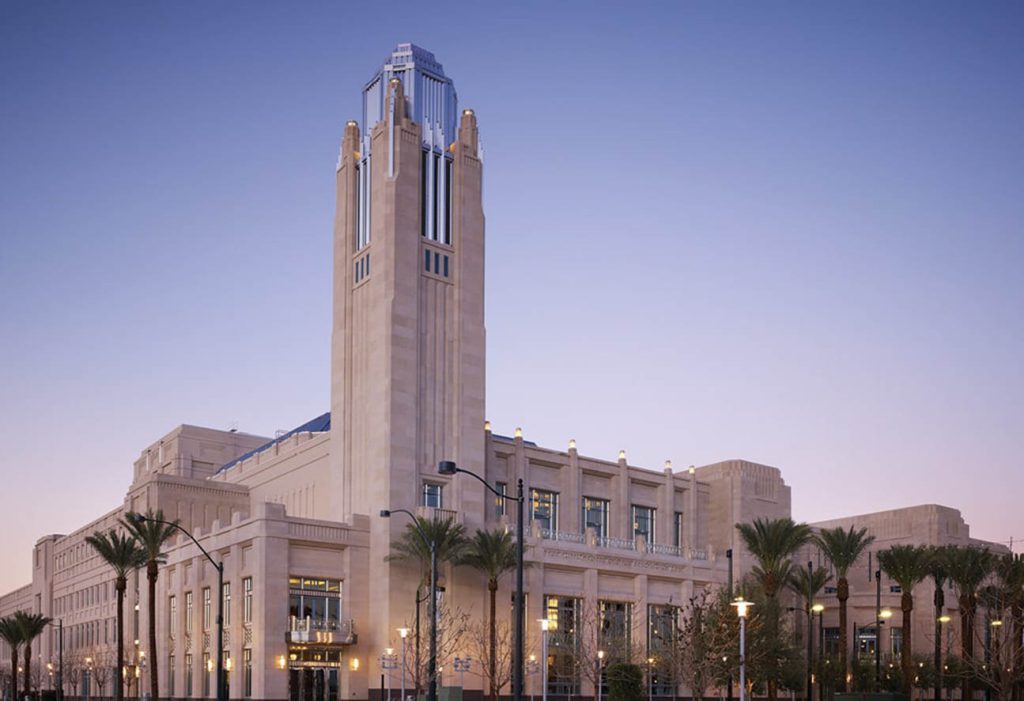
Location: 361 Symphony Park Avenue, Las Vegas, NV 89106
Getting There: Easily accessible from the Strip, The Smith Center is approximately a 10-minute drive or a short ride-share away.
Discounts and Tickets: Check the official website for package deals, student discounts, and seasonal promotions.
Attending a performance at The Smith Center added a layer of sophistication to my Vegas experience. The acoustics, coupled with the elegant ambiance, created a cultural oasis amid the city’s vibrancy.
Ethel M Chocolate Factory and Botanical Cactus Garden: A Sweet Escape with Nature’s Touch
For a delightful fusion of indulgence and nature, the Ethel M Chocolate Factory and Botanical Cactus Garden offer a unique experience. Located in Henderson, a short drive from the Strip, the chocolate factory provides a behind-the-scenes glimpse into the art of chocolate making. The adjoining cactus garden, with its diverse succulent collection, creates a serene backdrop for a leisurely stroll.
Location: 2 Cactus Garden Drive, Henderson, NV 89014
Getting There: A 15-20 minute drive from the Strip, easily accessible by car or ride-share.
Special Offers: The factory often provides free self-guided tours, and complimentary chocolate samples are distributed during certain hours.
Indulging my sweet tooth at the Ethel M Chocolate Factory while surrounded by the tranquility of the cactus garden was a unique and surprisingly harmonious experience.
Old Las Vegas Mormon Fort: Tracing the Roots of the City
Delve into the city’s humble beginnings at the Old Las Vegas Mormon Fort, the birthplace of Las Vegas. Located in the heart of downtown, this historic site preserves the remnants of the original 1855 adobe fort built by Mormon settlers. The visitor center offers educational exhibits, shedding light on the fort’s role in the city’s early development.
Location: 500 E Washington Ave, Las Vegas, NV 89101
Getting There: Situated near the downtown area, the fort is easily accessible by car or public transportation.
Entrance Fees: Nominal entrance fees apply, with discounts for seniors, children, and military personnel.
Exploring the Old Las Vegas Mormon Fort provided a fascinating glimpse into the city’s origins. The contrast with the modern skyline emphasized the remarkable evolution of Las Vegas.
International Car Forest of the Last Church: Eccentric Artistry in the Desert
For a surreal and offbeat cultural experience, venture to the International Car Forest of the Last Church in Goldfield, approximately a three-hour drive from Las Vegas. This artistic installation features a congregation of painted and stacked cars, forming an otherworldly spectacle in the Nevada desert. A collaboration between artists Chad Sorg and Mark Rippie, this unconventional outdoor museum invites visitors to interpret its meaning and appreciate the fusion of art and automotive culture.
Location: Goldfield, NV 89013
Getting There: While it’s a bit of a drive, the journey to the Car Forest adds an element of adventure. Consider a road trip to fully savor the experience.
Accessibility: The installation is outdoors and free to visit, providing an accessible yet eccentric cultural detour.
The surreal landscape of the International Car Forest was a testament to human creativity in unexpected places. The juxtaposition of abandoned cars against the desert backdrop ignited a contemplative exploration of art and its myriad forms.
In the expansive canvas of Las Vegas, where neon lights and bustling casinos often seize the limelight, the city’s cultural and historical mosaic remains a hidden treasure waiting to be uncovered. My journey into the less-explored facets of Vegas unveiled a narrative that extends far beyond the glitz and glamour. From the tumultuous era of organized crime to the serene embrace of nature, and from the nostalgic graveyard of neon signs to the birthplace of the city itself, each cultural landmark unfolded a unique chapter in the story of Las Vegas.
The symphonic melodies at The Smith Center, the sweet indulgence at Ethel M Chocolate Factory, the historical echoes at Old Las Vegas Mormon Fort, and the eccentricity of the Car Forest contribute to the multifaceted cultural identity of Las Vegas.
As I navigated through these cultural havens, I couldn’t help but appreciate the city’s dedication to preserving its history and fostering diverse artistic expressions. Las Vegas, it seems, is not just a city of spectacle but a nuanced canvas where history, nature, and art converge in a mesmerizing dance.
Whether you choose to unravel the secrets of the Mob Museum, wander among retired neon signs, or escape to the tranquility of Springs Preserve, each cultural landmark beckons with a unique narrative, inviting you to venture beyond the neon-lit surface.
I am left with a profound appreciation for the layers of history and culture that enrich the vibrant tapestry of Las Vegas, proving that there is more to this city than meets the eye – a world waiting to be explored beyond the dazzling lights and into the heart of its cultural essence.
